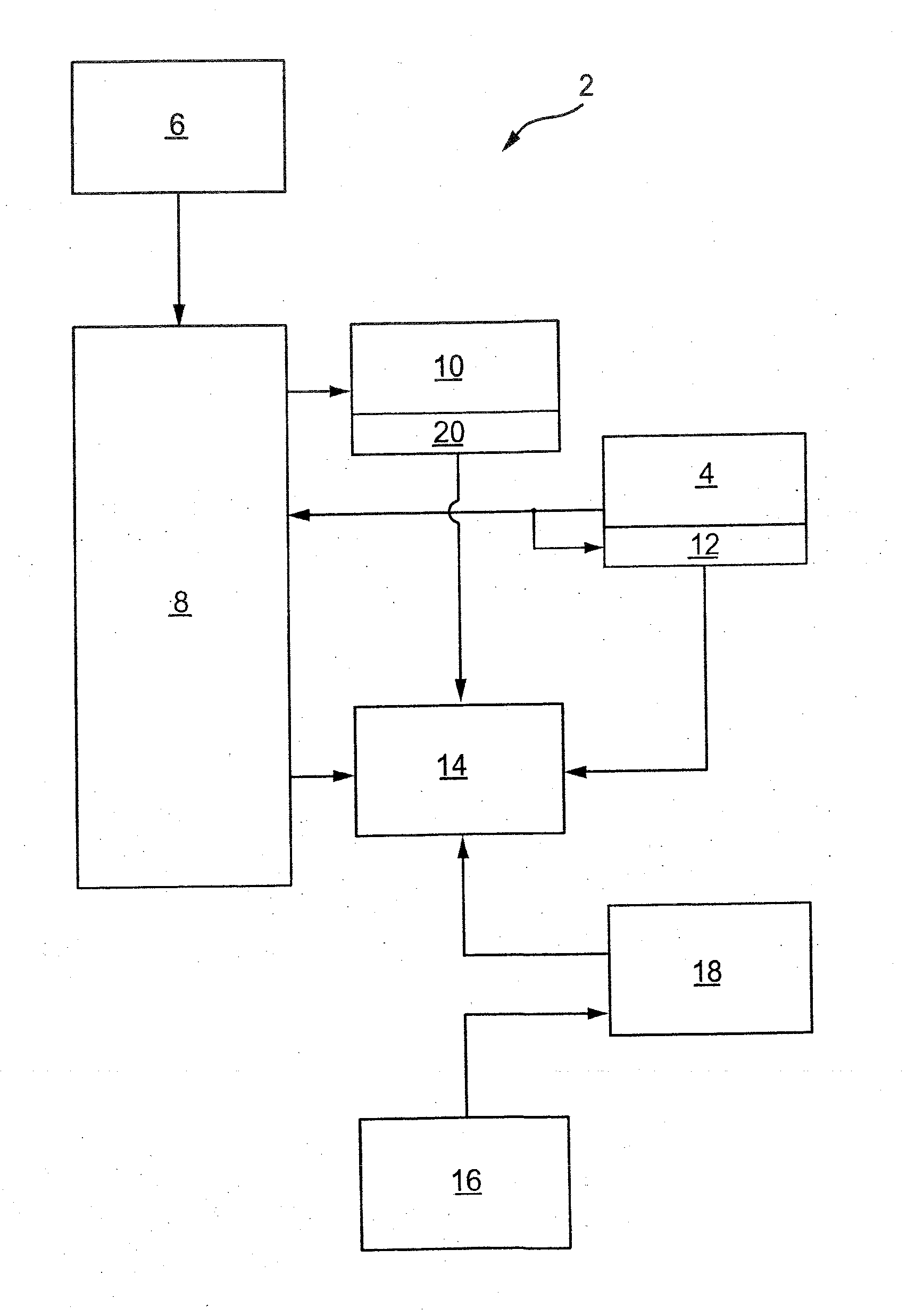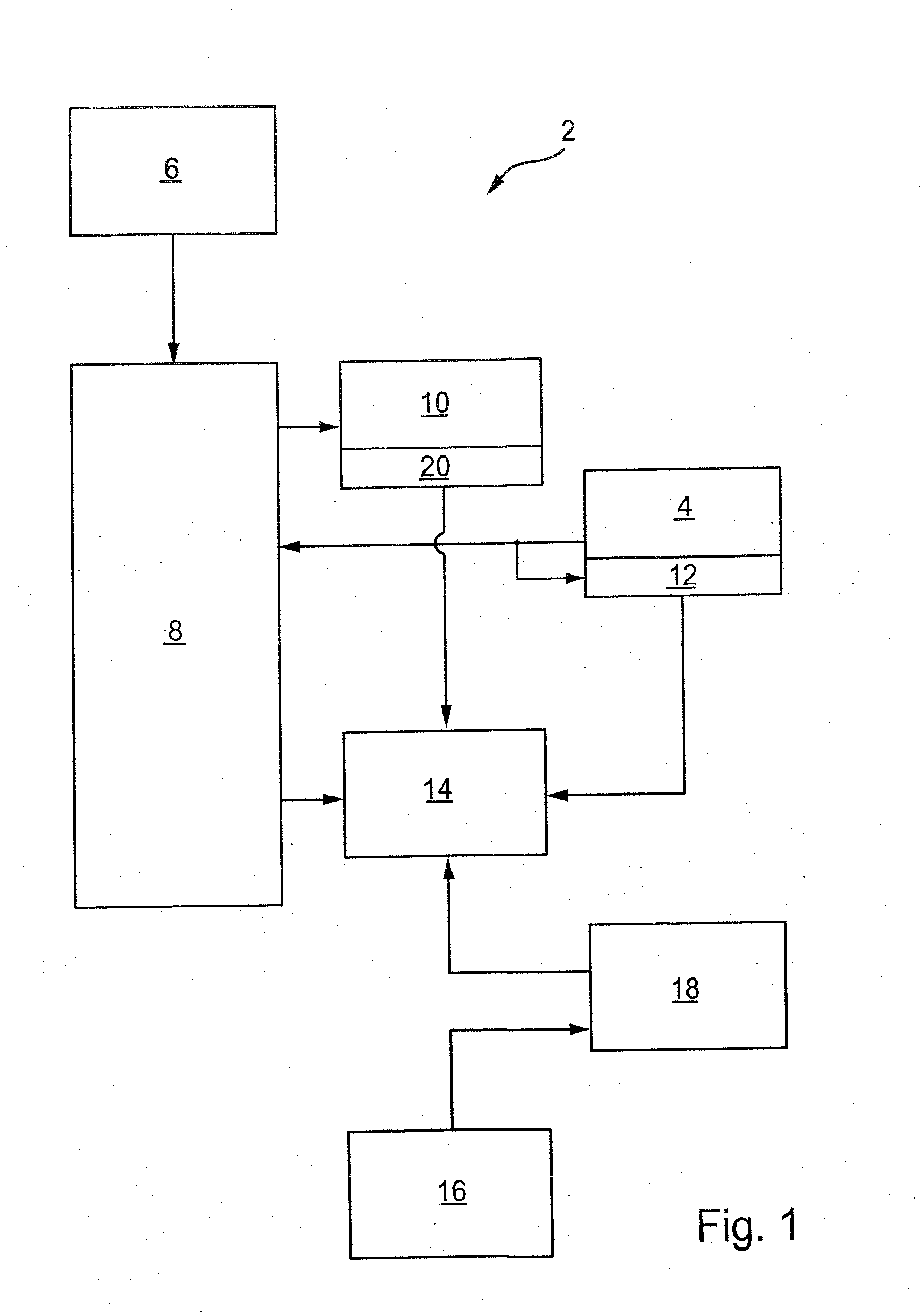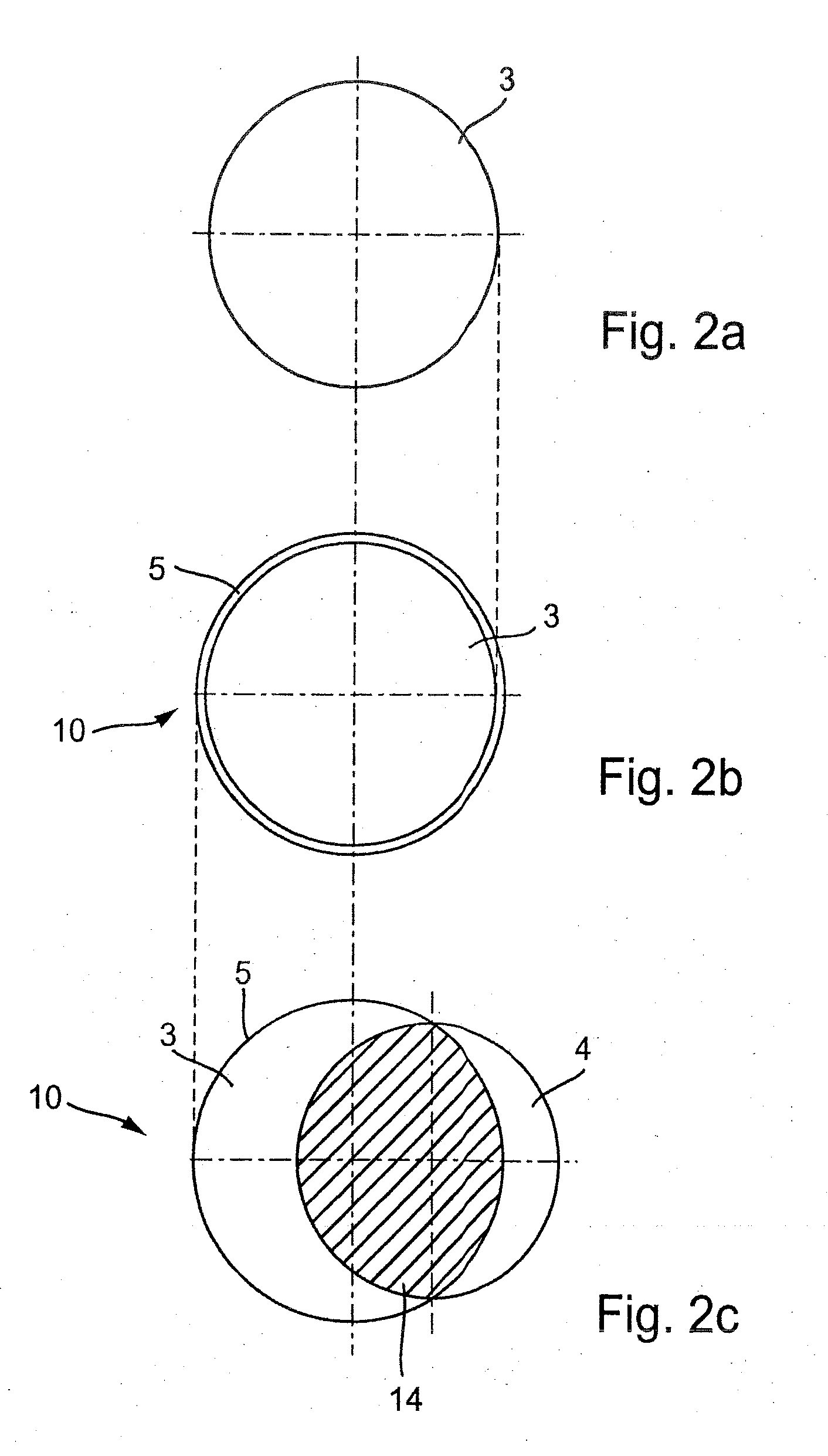Method as to work on a part to be finished and a finished part
a technology of working on parts and finished parts, applied in the field of working on finished parts, can solve the problems of scrapping of final parts, failure to achieve the quality criteria, and failure of functional surfaces to meet the needs of quality criteria
- Summary
- Abstract
- Description
- Claims
- Application Information
AI Technical Summary
Benefits of technology
Problems solved by technology
Method used
Image
Examples
Embodiment Construction
The following description is merely exemplary in nature and is not intended to limit the present disclosure, application, or uses.
The drawings show in a schematic way a method 2 to machine a product. The product will be machined out of a raw part 3 which at least has to be machined surface and an allowance 5. The method 2 utilizes a virtual “to-be” body 4 being stored electronically as a 3D-datafile, and in one form as a 3D-CAD-datafile. The “to-be” body 4 is here a virtual representation of the latter product being the result of machining. In a first step of the process we capture the geometry of the raw part 3 as well as we capture the local position within the tooling machine, for example by usage of a scanner 6. The recorded data will be transmitted to a computer 8 being stored as “as-is” body 10. The computer 8 adds in the following step an allowance 12 onto the “to-be” body 4. Virtual “as-is” body 10 and virtual “to-be” body 4 now will be fitted into each other in a virtual ma...
PUM
 Login to View More
Login to View More Abstract
Description
Claims
Application Information
 Login to View More
Login to View More - R&D
- Intellectual Property
- Life Sciences
- Materials
- Tech Scout
- Unparalleled Data Quality
- Higher Quality Content
- 60% Fewer Hallucinations
Browse by: Latest US Patents, China's latest patents, Technical Efficacy Thesaurus, Application Domain, Technology Topic, Popular Technical Reports.
© 2025 PatSnap. All rights reserved.Legal|Privacy policy|Modern Slavery Act Transparency Statement|Sitemap|About US| Contact US: help@patsnap.com



